Table of Contents
Case study : Mercedes C-Class Starts But Won’t Move When in Drive
When your car starts but won’t move, it’s one of the most stressful situations a driver can face. The engine runs perfectly fine, yet the car refuses to engage in drive or reverse. This issue can stem from something simple like low transmission fluid or something complex such as blocked solenoids inside the transmission system.
In this case study, we’ll walk you through a real Mercedes-Benz C-Class repair involving a 7G-Tronic PLUS automatic transmission that started normally but wouldn’t move when placed in gear. You’ll also learn about common causes, diagnostic steps, and how regular maintenance can prevent this problem.
Vehicle Overview
- Model: Mercedes-Benz C-Class (W204)
- Transmission: 7G-Tronic PLUS automatic gearbox
- Complaint: Car starts, engine runs normally, but won’t move in Drive or Reverse

Step-by-Step Diagnosis
1. Customer Complaint & Initial Assessment
The customer reported that their Mercedes C-Class started normally but wouldn’t move when the gear selector was shifted into Drive. The engine revved, yet the car stayed stationary.
The first inspection confirmed that the engine and electronics were functioning properly, ruling out ignition or fuel issues.
2. Diagnostic Scan
A Mercedes STAR diagnostic scan revealed fault codes stored in the transmission control unit (TCU). These pointed toward hydraulic solenoid performance issues within the 7G-Tronic transmission’s valve body (hydraulic block).
The codes indicated that one or more solenoids were sticking or blocked, preventing hydraulic pressure from reaching the clutch packs.
3. Transmission Inspection
The technician removed the hydraulic block from the transmission for visual inspection.
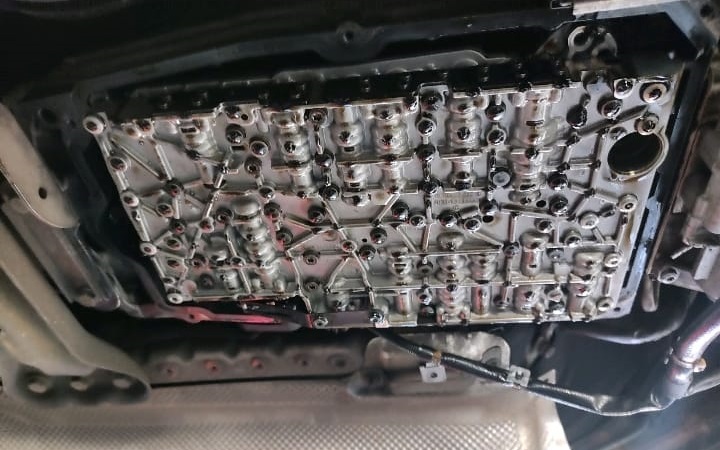
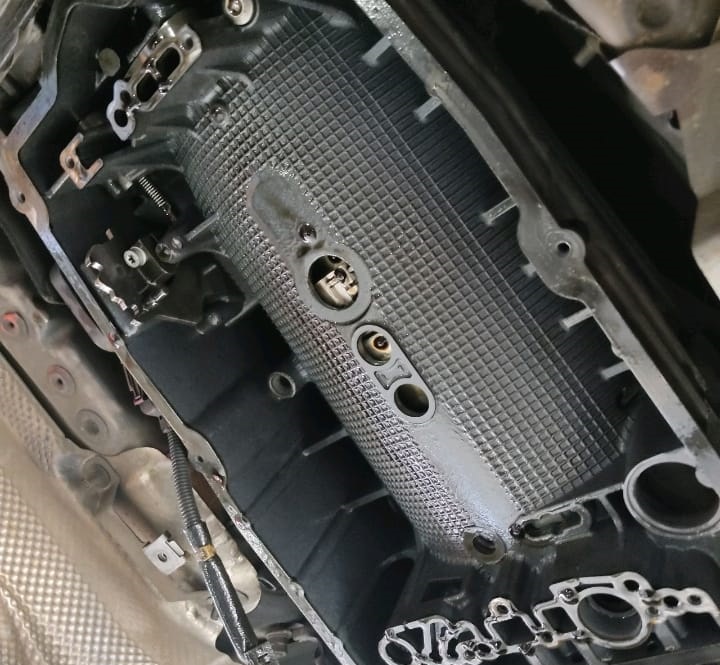
=> Upon disassembly, several solenoids were found clogged with metallic debris. This contamination restricted movement inside the hydraulic circuits, explaining why the car wouldn’t engage gears.
Further investigation suggested irregular transmission service intervals as the root cause of the debris buildup.
4. Repair Process
a. Cleaning and Testing
- – Each solenoid in the hydraulic block was carefully removed and cleaned using OEM-approved transmission cleaner.
- – Solenoid resistance values were measured with a multimeter; all readings were within factory specifications.
- – The technician also flushed the valve body channels to remove any remaining debris.
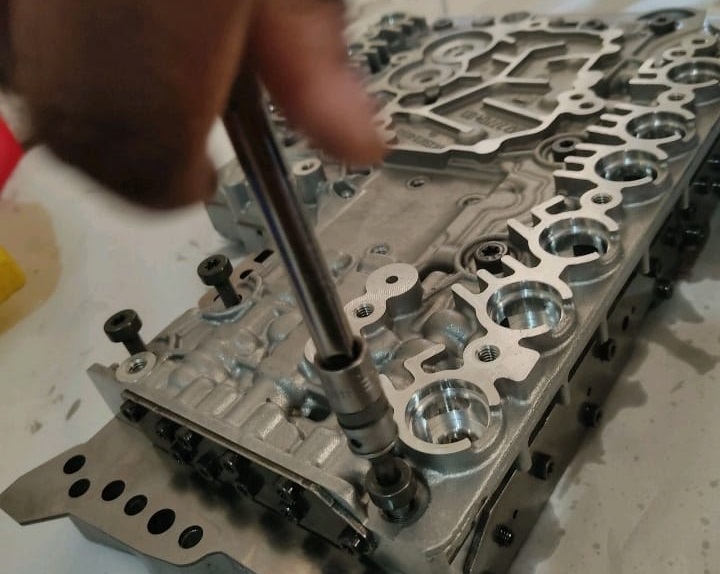
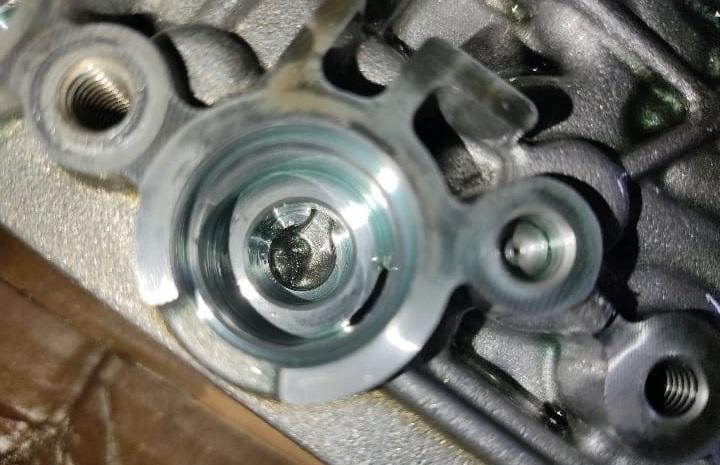
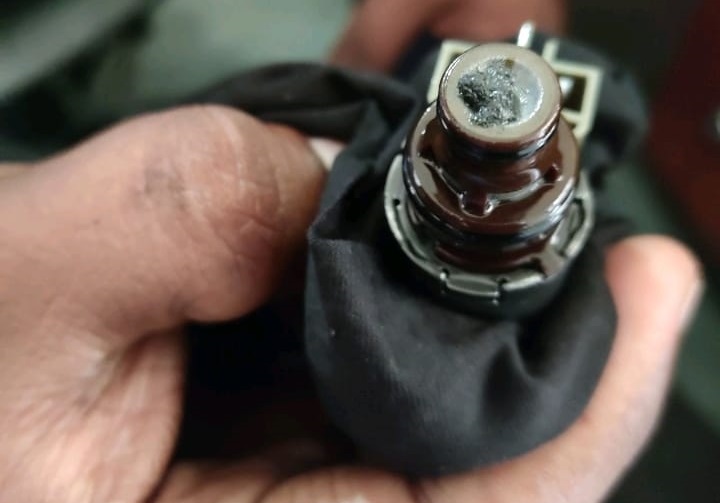
b. Reassembly and Testing
- – Cleaned solenoids were reinstalled in their original positions.
- – The transmission was refilled with genuine Mercedes 236.14-spec fluid and air was purged from the system.
- – After reassembly, the fault memory was cleared, and the transmission was re-adapted using STAR Diagnostics.
5. Final Results
After repair and adaptation, a full acceleration and gear-shift test was performed.
– The Mercedes C-Class moved smoothly in both Drive and Reverse.
– The transmission shifted seamlessly with no fault codes returning.
The “starts but won’t move” issue was successfully resolved by cleaning and reconditioning the transmission’s hydraulic block and solenoids.
Explore More Mercedes Transmission Issues
For a deeper dive into gearbox problems slipping into Neutral, delayed/harsh shifts, “Not in P” warnings, and hybrid faults visit our hub: Mercedes Transmission Issues – Causes and Fixes. You’ll find grouped case studies, step-by-step diagnostics, symptom–cause–fix tables, and prevention tips to resolve shifting issues quickly and confidently.
Common Reasons a Car Starts But Won’t Move
Here are the most frequent causes of this issue across Mercedes models:
| Category | Possible Cause | Description / Fix |
|---|---|---|
| Transmission System | Low or dirty transmission fluid | Check level and condition; replace if burnt or dark |
| Blocked solenoids or valve body debris | Clean or replace solenoids; flush hydraulic block | |
| Faulty torque converter | Replace converter or rebuild transmission | |
| Drivetrain | Broken drive shaft or CV joint | Inspect for physical damage; replace component |
| Braking System | Parking brake engaged or stuck calipers | Fully release handbrake; free seized calipers |
| Electrical / Sensors | Faulty Transmission Control Module (TCM) | Scan and test wiring, replace or reprogram TCM |
| Malfunctioning speed or gear sensor | Replace defective sensor and reset adaptation |
DIY Checks Before Visiting a Workshop
- 1. Check Transmission Fluid Level
- – Low fluid can prevent gear engagement. Use only the correct Mercedes ATF 236.x specification.
- 2. Inspect for Leaks
- – Look under the car for red or brown fluid spots near the transmission pan or cooler lines.
- 3. Check the Parking Brake
- – A stuck parking brake can mimic transmission failure.
- 4. Reset Transmission Control Module (TCM)
- – Disconnect the battery for 10 minutes to reset adaptation memory.
If the issue persists, professional diagnostics are required.
Case Study Takeaways
The “starts but won’t move” fault in the C-Class was caused by blocked solenoids in the 7G-Tronic PLUS hydraulic block.
This highlights two key lessons:
- – Skipping transmission services can cause internal wear and debris buildup.
- – Systematic diagnosis; from scanning codes to physical inspection is essential before replacing expensive components.
Preventive Maintenance Tips
- – Change transmission fluid every 60,000–80,000 km using MB 236.14 fluid.
- – Inspect solenoids and valve body for contamination during each service.
- – Avoid aggressive acceleration when the engine or transmission is cold.
- – Follow factory intervals for A & B services and include a transmission check each time.
FAQs : Car Starts but Won’t Move
Can low transmission fluid cause my car to start but not move?
Yes. Transmission fluid is critical for hydraulic pressure and gear engagement. Low levels or burnt fluid can cause slipping or no movement.
How much does it cost to fix a car that won’t move in Drive?
- – Minor issues (fluid top-up or linkage adjustment): €100–€250
- – Solenoid or valve body cleaning: €400–€800
- – Full transmission rebuild: €2,000–€4,000, depending on model
Can I drive if my Mercedes won’t move properly in gear?
No. Continuing to drive with slipping or unresponsive gears can severely damage the transmission. Stop immediately and have it inspected.
How often should I change my Mercedes 7G-Tronic transmission oil?
Every 60,000–80,000 km or 6 years, whichever comes first. Always use MB 236.14-approved oil and replace the transmission filter.
Conclusion
A Mercedes that starts but won’t move doesn’t always mean catastrophic transmission failure. In this case, the culprit was debris-blocked solenoids a fixable issue caused by poor maintenance.
By performing regular transmission services, checking fluid quality, and addressing early warning signs, you can extend the life of your gearbox and avoid costly repairs.
For more detailed repair examples and maintenance advice, visit our Mercedes Maintenance and Service Guide
Author
Written by: Mercedes Expert
Automotive Technical Trainer & Mercedes-Benz Diagnostic Specialist
With years of hands-on experience repairing and diagnosing Mercedes-Benz vehicles, specializes in case-study-based troubleshooting guides that blend workshop accuracy with educational clarity.
Last update: October 2025

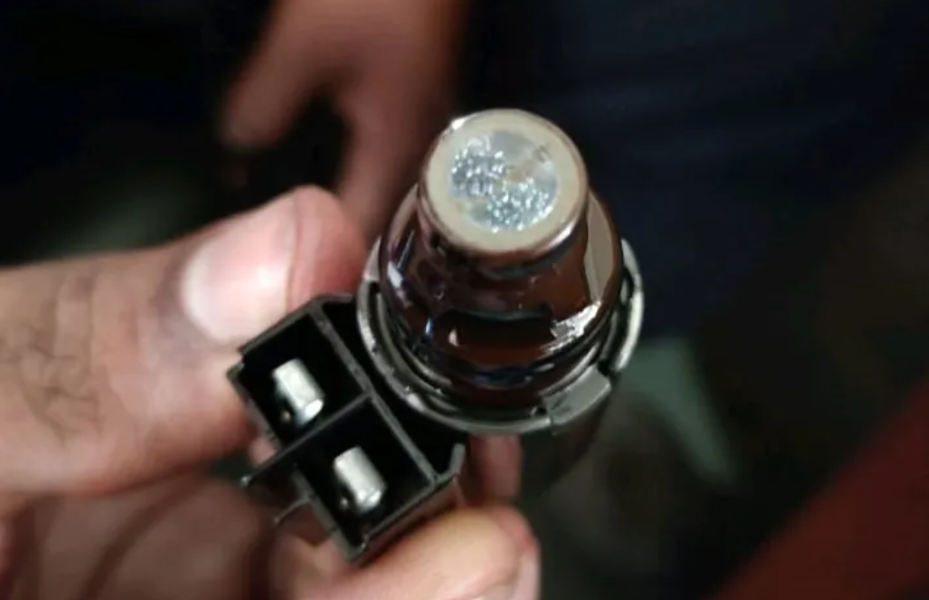
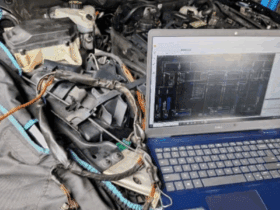
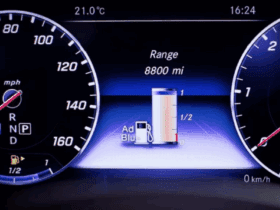
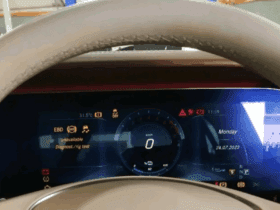
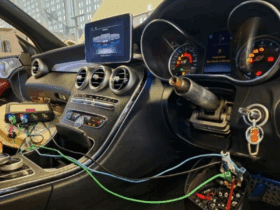
Leave a Reply